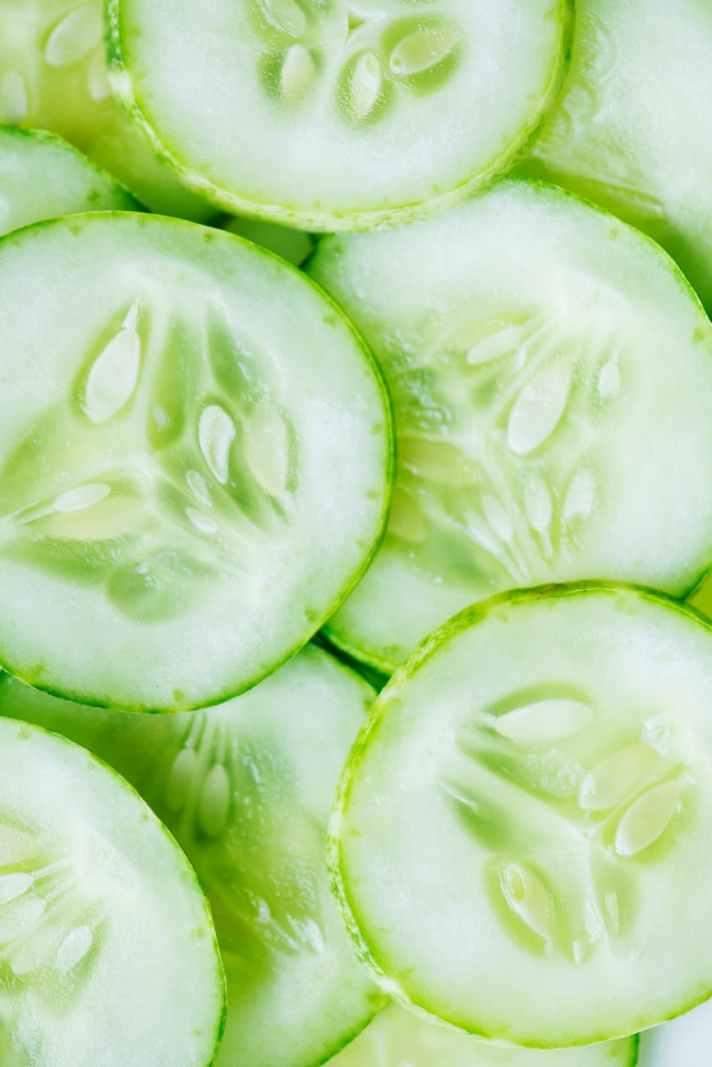As some of you may already know, I have been growing cucumbers in my victory garden this year. A few weeks ago, I finally had enough growing and ready to be harvested that I was able to try my hand at making pickles for this year. Now, I am not a huge fan of pickles but I do like dill pickles and so does my boyfriend. I had also never made pickles before so I had to do some research first.
What I learned is that you can use either fresh or dried dill, which is what I happened to have on hand. I also read that you should use apple cider or white vinegar, and you can’t use regular table salt in the brine. It has to be kosher or pickling salt. So I picked all that up, along with a few other things, and got to slicing up my cucumbers. I decided to cut mine into circles, which made sense to me because I plan on using theses in sandwiches and on burgers.
Once I had all my cucumbers washed and sliced, I began preparing my brine. I didn’t use a specific recipe; rather, I ended up combining a few according to what I had and what I recall my mom doing as a kid. I used a 1:4 ratio of vinegar to water, with a tablespoon of sugar and 3 tablespoons of pickling salt. I brought that mixture to a boil and then let it cool in the fridge. Then I added 2-3 cloves of peeled garlic, along with 2-3 tablespoons of dried dill weed and a pinch of pepper to my jars. I used recycled glass jars for this, ones that I’ve been saving from pasta sauces and whatever else over the past year.
Then I stacked in my cucumber slices, making sure to get as many in as possible. I had probably 2 1/2 pounds of cucumbers, which filled 6 big jars. It is important to stack your slices in tightly, so when you add the brine they don’t float to the top and out of the liquid. Then I filled the jars up with the brine and put them all in the fridge, closing the lids tightly. Then I said a prayer that this would work.
They’ve now been in the fridge for not quite two weeks and I check them daily for mold or other spoilage. So far, so good! One thing I noticed in my research is that the pickles need to sit for a little while before you can enjoy them. I know I didn’t cut all the circles evenly, so next time I’ll be sure to do that so they all pickle evenly. That’s not a sentence I thought I’d ever say, but here we are! It was also quite interesting to see how each cucumber was different in shape and size; organic foods are so different than what you can get in the supermarket.
Have you made homegrown pickles before? If so, do you have any tips?
















